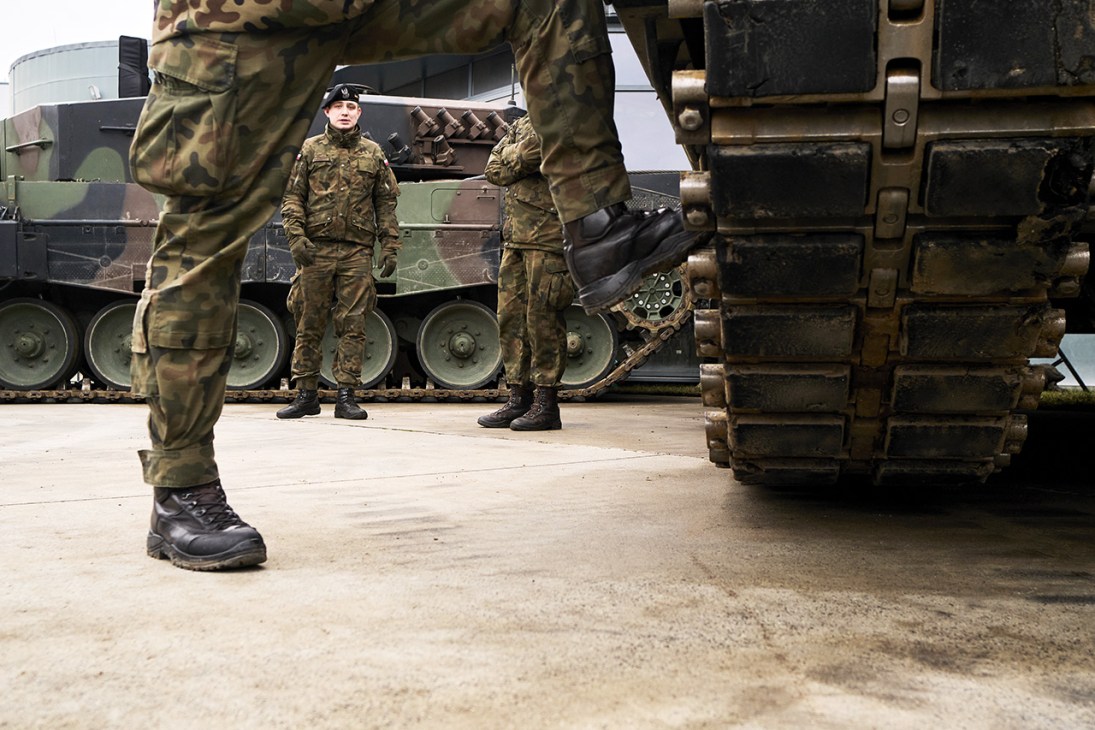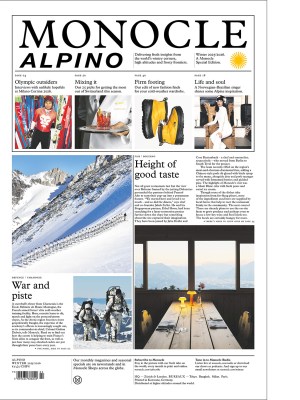The hidden threat to Europe’s defence is its own broken bridges and red tape
From weak bridges to cross-border delays, Europe’s transport systems are undermining Nato’s ability to defend its eastern flank. The race is on to build a military network that actually works.
Mobility matters to continental security and inertia can be lethal. As states enforce different weight limits on their roads, tanks can grind to a halt at border crossings, diplomats and logistics officers can scramble for permits and customs clearances can take weeks to process. This tangled web of red tape neutralises any advantage Europe’s armies might hope to gain over a single-country adversary.
In the event of war, the ability to deploy troops and material swiftly across Europe is by no means a given when infrastructure and transport networks are in such a shoddy condition. A 2025 report from the European Court of Auditors found that it could take up to 45 days to secure permission to move equipment across the bloc’s borders. While it’s unlikely that an EU member state would prevent another from doing so, the existence of this bureaucracy speaks to a strategic paralysis at the heart of European military planning.
Equally disheartening is the state of the continent’s crumbling infrastructure. Many European bridges lack the strength to carry modern battle tanks. Germany has acknowledged the problem. What is worse, its central location means that its ageing roads and tunnels pose risks not only to national defence but to the continent as a whole. Until Germany’s many key bridges are made kriegstauglich (“fit for war”), armoured columns responding to an attack on the EU’s eastern flank might have to detour hundreds of kilometres in search of viable crossings. Part of Friedrich Merz’s relaxing of Germany’s debt break was to allow €500bn to be invested in upgrading the country’s infrastructure over the next 12 years. But these things take time – time we have to hope that Europe has.

Weak bridges expose a deeper paradox in Europe’s deterrence posture. Nato’s doctrine of “deterrence by reinforcement” rests on the premise that forces can flow rapidly to areas that are under threat, with backup arriving faster than an adversary can react. But how can Europe credibly promise that if its roads buckle under the vehicles that it needs in combat? At June’s Nato Summit in The Hague, allied states agreed that 1.5 per cent of the newly adopted 5 per cent defence-spend formula would count towards infrastructure upgrades – an important step but only the first.
The EU is not blind to this challenge. In 2018, it launched its first Action Plan on Military Mobility, pledging to try and harmonise cross-border procedures and invest in dual-use projects serving civilian and military needs. After Russia’s full-scale invasion of Ukraine, a second plan in 2022 prioritised reinforcing some railway bridges, widening tunnels and expanding ports. This said, the European Investment Bank estimates a significant shortfall in transport-infrastructure funding.
In March 2025, the EU’s defence and space commissioner, Andrius Kubilius, warned that at least €70bn will be needed to transform rail, road, sea and air corridors into a genuine “military Schengen”. At the same time, the bloc’s chief diplomat, Kaja Kallas, has, alongside Kubilius, pledged a comprehensive legal review to simplify and streamline procedures by the end of this year. Military mobility has also become a flagship area of EU–Nato co-operation.
But challenges remain. Underinvestment in critical corridors such as north-south links across Central and Eastern Europe undermine strategic depth. Plus, states are often reluctant to upgrade border-region infrastructure that chiefly benefits neighbours. Harmonising procedures across 27 sovereign systems demands political will that is fast outpacing implementation.
Europe can’t let these unglamorous roadblocks and strategic speed bumps linger. Military mobility isn’t an optional extra, it is the backbone of a credible defence.



